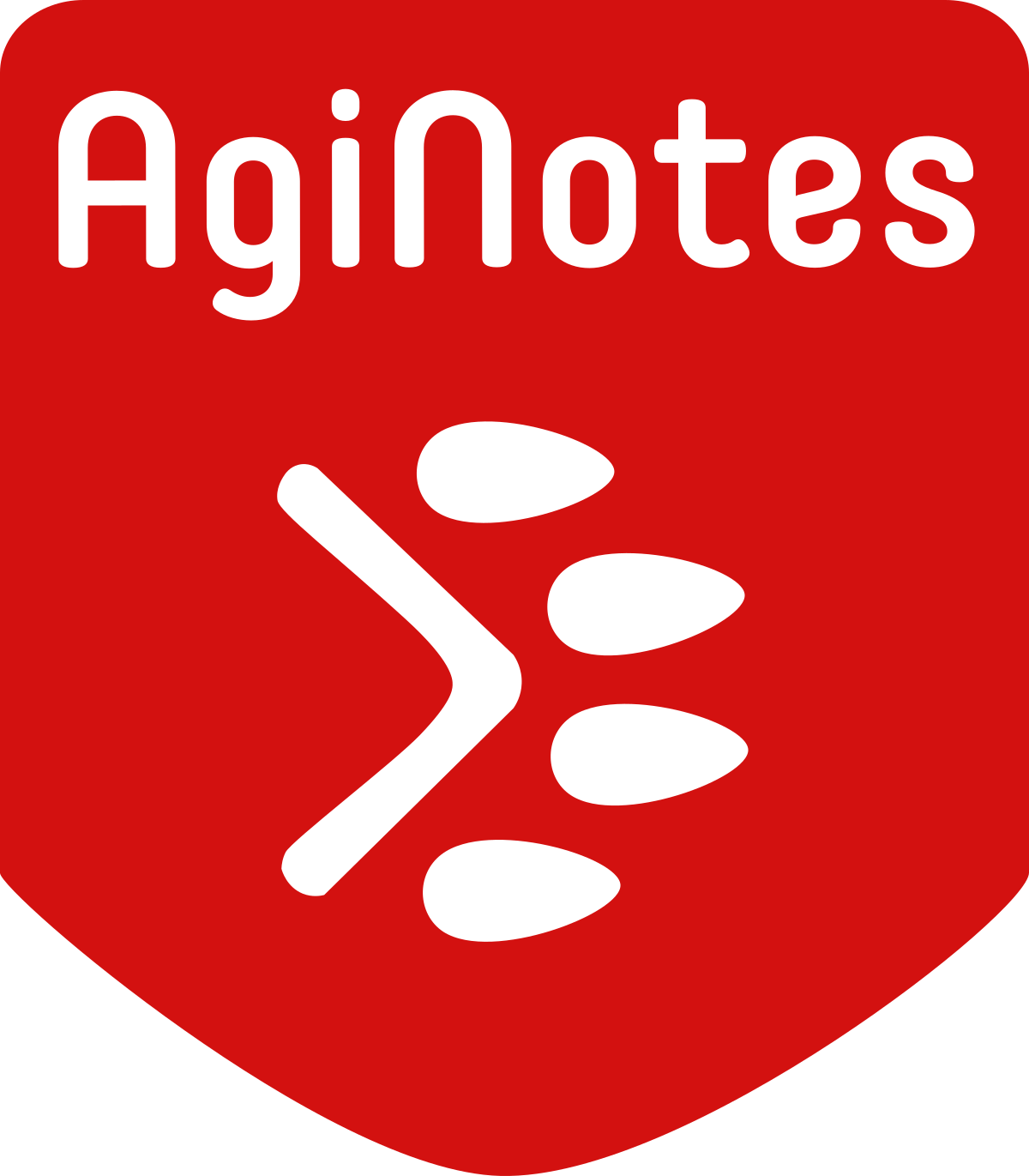As you might already know, you can now download some ready-made training list topics to your AgiNotes app. Please note, that these cannot replace a good coach or wonderful online courses. These are just for your inspiration; to give you ideas for your independent training. Or why not your coaching also.
Many of you observed the runs during AWC and made notes (or mental notes). I wrote mine directly to the app to my training list topic called “Inspired by AWC 2019”. Now I want to share them with you too :) I hope you find them useful!
1. Individual jumping S
Obstacles 6-10 (here 1-5) on Oba’s course offered excitement for the crowd and also, I believe, for the handlers. There were two very interesting parts:
Instead of the backside of jump 2, many dogs chose the tunnel behind the jump.
The handler’s choice on jump 4 largely defined the dog’s speed on the weaves. It seemed that dogs got a better line both for jump 4 and the weaves when they were sent to the backside of the right-wing and instead of a wrap, they jumped across and were sent to the weaves from the left side of the jump. This seemed like a much faster route. But you can try both options and ask someone to take time for you.
The original course by Toshiyuki Oba.
2. Individual agility S
Obstacles 4-10 (here 1-7) offer nice training ideas for weaves and, also, jump 3 is interesting with dogs that are not very good at distance work.
There were at least three possible ways to handle the weave part. We challenge you to try them all :)
Handle the weaves from the right side and let the dog run across your feet after them.
Handle the weaves from the right side but send the dog to the tunnel with a tandem turn without changing sides yourself.
Do a rear cross to the left side of the weaves.
The original course by Sari Mikkilä.
3. Individual jumping M (part 1)
This was a very interesting course and offered many ideas for agility geeks such as myself. Obstacles 12-15 (here 1-4) showed that after jump 3, surprisingly, many dogs went off course and chose the jump instead of the weaves. We tend to train discrimination between the tunnel and contacts but it might be that we train discrimination between e.g. the weaves and jumps less.
The original course by Sari Mikkilä.
4. Individual jumping M (part 2)
Obstacles 15-21 on the same course brought sweat to the spectators’ foreheads and offered a wonderful possibility to test speed, timing and dogs’ listening skills. After the wall, there’s a tunnel that might be a tempting choice for your dog.
First, the dog needs to perform jump 2 quite independently because you are in a hurry. You can try to do a blind cross between the wall and jump 4. Or, another possible option is the whisky turn for jump 4. Try which one is the faster option for you.
The original course by Sari Mikkilä.
5. Individual jumping L
Sequence 1-7 tested a dog’s backside jump or in-in skills. Test jumps 4 and 6 with both. Which one is faster for you? Please keep the number of repetitions very low. This is hard for the dogs.
The original course by Toshiyuki Oba.
6. Individual agility L
Part 12-17 (here 1-6) was interesting because, after jump 3, many dogs went off course, choosing the jump that was quite near the route to jump 4.
Another good thing to practice here is the running contact when there’s nothing the dog can focus on after the dog walk: the jump ahead is a bit too far away and jump 3 a bit off the direct route.
The original course by Sari Mikkilä.
Please note, when building the courses, make sure that there’s enough room for the dog to perform all obstacles safely, even at high speed. Don’t place the tunnels against the walls and remember to secure them well. Also, think about what you want exactly from each training session and keep your training sessions short. Enjoy training :)
Download the training topic “Inspired by AWC 2019” to your app!







